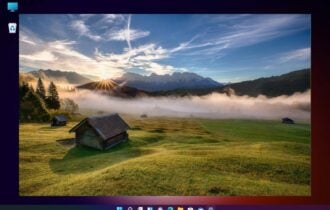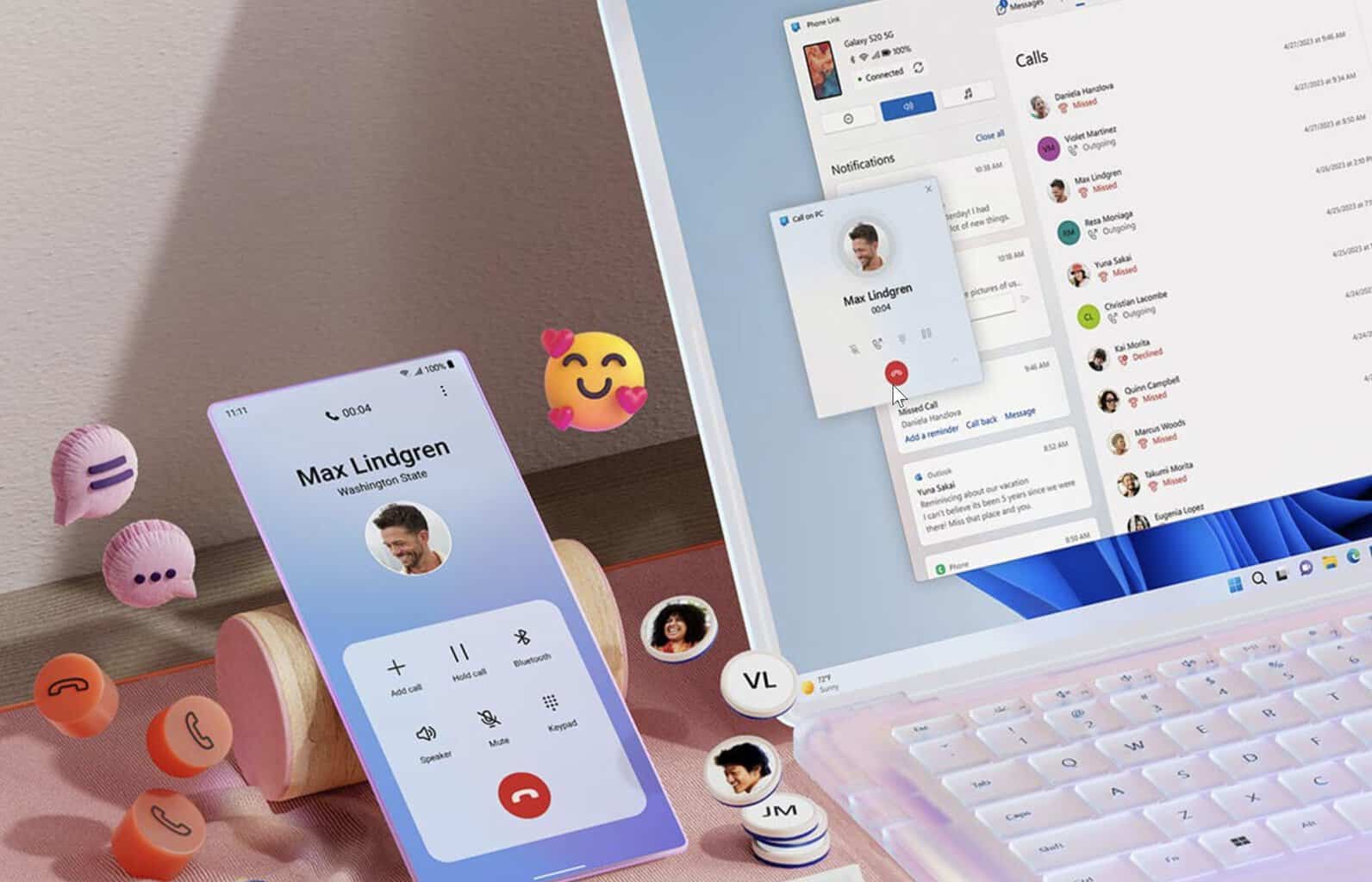How to Quickly Create a New Library on Windows 11
Effectively manage files and folders with Libraries
4 min. read
Updated on
Read our disclosure page to find out how can you help Windows Report sustain the editorial team. Read more
Key notes
- Libraries have been a part of Windows for long and allow seamless access to files.
- There are several of these available by default, and you can also create Libraries in Windows 11.
- Keep reading to find out more about creating and managing libraries.

Libraries are a critical feature in Windows, and users who rely on these can’t go without them for even a day. The problem, there are just six libraries present in the default OS installation. The solution, you can always create a new library in Windows 11 for folder and file management.
Think of a Library as a collection of shortcuts to individual folders. This way, you don’t need to navigate to each individually. The libraries pre-included in Windows 11 are Camera Roll, Documents, Music, Pictures, Saved Pictures, and Videos.
Benefits of using libraries in Windows 11
- Easier file management
- Customization and organization options
- Increased efficiency and productivity
- Enhanced accessibility
- Files and folders can be searched for easily.
How do I create a Library in Windows 11?
1. Creating a new library from the navigation pane
- Press Windows + E to open File Explorer, right-click on the left pane, and select Show libraries, if the libraries are not showing in this PC running Windows 11.
- Select Libraries from the navigation pane, right-click on the empty portion, hover the cursor over New, and then select Library.
- Enter a name for the library and save it.
- The newly created library will now be available in the navigation pane.
2. Creating a new library from the context menu
- In the File Explorer, locate the folder that you want to include in the library, right-click on it, and select Show more options.
- Hover the cursor over Include in library and then select Create new library from the flyout menu.
- You will now find the custom library with the same name as the folder listed in File Explorer.
How do I manage libraries on Windows 11?
- Adding folders to the library: Press Windows + E to launch File Explorer > then right-click on the relevant Library in the navigation pane > click the Add button > locate the folder > select it and click Include folder > then click OK to save the changes.
- Setting default save locations for libraries: To change library location in Windows 11, right-click the library > select Properties > choose a library location from the list > then click on either Set Save location or Set public save location.
- Viewing libraries from Advanced settings: Press Windows + E to launch File Explorer > click the ellipsis at the top right > choose Options > go to the View tab > check Show libraries under Navigation pane > then click OK to save the changes.
- Hiding a library from the navigation pane: Right-click on the library in the left pane > then select Show more options > choose Don’t show in navigation pane.
- Restore default for libraries in Windows 11: Right-click the library > select Properties from the context menu > then click the Restore Defaults button at the bottom right.
- Deleting a library in Windows 11: Launch the File Explorer, right-click the library > click the Delete icon > select Yes in the confirmation prompt.
Working with Remote Storage Locations in Windows 11 Libraries
- Connecting to remote storage services from your PC: Windows employs Offline File Synchronization to add remote folders and storage locations to a library.
- Accessing cloud-based storage from the library folder structure: Windows automatically creates a local copy of the files stored on the server, adds those to the index, and ensures that both the online and offline copies are in sync.
You now know how to create a new library in Windows 11 and effectively manage it, in addition to cloud-based storage. Remember, any changes you make to the files or folders in the library will reflect in their actual storage location. The library just creates a link!
If you are still running the previous iteration of the OS, enabling libraries in Windows 10 works pretty much the same way. And for those who love gaming, a missing Steam library can often be a problem, but you can find it from within the client.
For any queries or to share your experience with libraries in Windows 11, drop a comment below.














User forum
0 messages